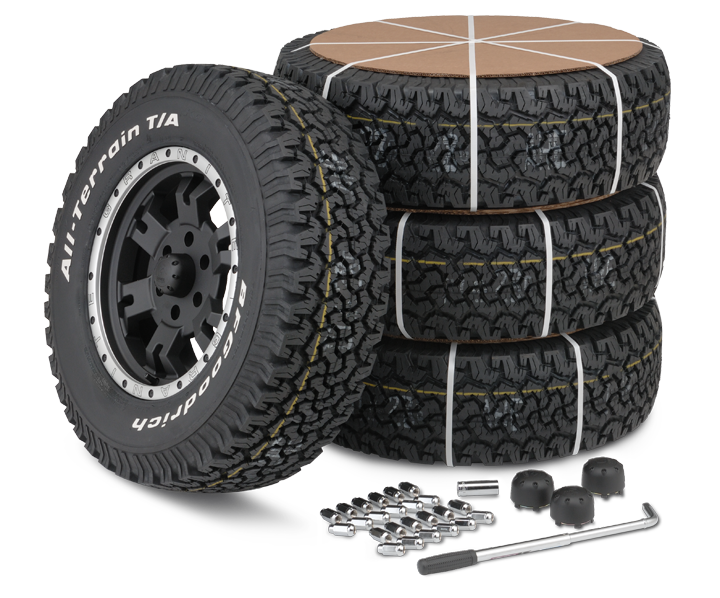Trust Morris Tire and Alignment for Specialist Service and Treatment
Trust Morris Tire and Alignment for Specialist Service and Treatment
Blog Article
Tire Service: Recognizing Tire Stress Monitoring Solutions
Recognizing Tire Pressure Tracking Equipments (TPMS) is a critical aspect of keeping optimal automobile efficiency and security on the roadway. With advancements in auto technology, TPMS has come to be a basic function in modern lorries, providing real-time information on tire pressure levels. Diving much deeper right into the intricacies of TPMS, one can discover the numerous parts that compose this system and the importance of each in making sure exact surveillance. From direct to indirect TPMS systems, the landscape of tire pressure monitoring is varied, each with its unique set of considerations and benefits. Remain tuned to unwind the intricacies of TPMS, from maintenance pointers to the obvious benefits of maintaining your tires effectively inflated. discount tires morris il.

Importance of TPMS
The importance of Tire Stress Tracking Solutions (TPMS) depends on their ability to improve lorry safety and security and efficiency with real-time monitoring of tire pressure degrees. Maintaining the appropriate tire pressure is important for making sure optimal handling, stopping, and general security of a car. TPMS offers vehicle drivers with instant feedback on any kind of overinflated or underinflated tires, allowing for prompt modifications to be made.
Parts of TPMS
Comprising different necessary elements, a Tire Pressure Tracking System (TPMS) operates as a sophisticated security feature in contemporary lorries. The main components of a TPMS include sensors, a control component, and a warning sign. Sensing units are commonly situated in the tire shutoff stem or affixed to the wheel assembly, where they measure tire pressure and transmit data to the control module. If it identifies dramatically reduced stress in any of the tires, the control module processes this info and sets off a warning. The warning indicator, usually a symbol on the dashboard, alerts the driver to check the damaged tire or tires. Some progressed TPMS designs likewise display the actual tire stress readings for every tire, offering chauffeurs with real-time information to ensure optimum tire performance and security. By keeping an eye on tire pressure continuously, TPMS aids stop accidents, reduces tire wear, and boosts gas effectiveness, making it useful link an important component for vehicle safety and security and efficiency.
Kinds of TPMS

On the various other hand, indirect TPMS counts on the vehicle's wheel speed sensors to check tire stress. This system spots underinflation by comparing the rotational speeds of the wheels. Indirect TPMS is less costly than direct TPMS, as it utilizes existing sensors within the vehicle.
While direct TPMS provides much more precise readings, indirect TPMS is easier in layout and generally requires less maintenance. Both systems have their limitations and benefits, and the selection in between them commonly relies on aspects such as expense, car make, and personal preference. Understanding the differences in between these 2 sorts of TPMS can help car proprietors make notified decisions concerning tire maintenance and safety and security.
TPMS Maintenance Tips
Conduct regular checks on the tire stress degrees and contrast them with the TPMS readings to ensure they are consistent. During tire rotation or replacement, make sure that the TPMS elements are taken care of carefully to prevent any prospective damage. If the TPMS cautioning light illuminates on the dashboard, deal with the issue quickly by checking the tire pressures and the overall system for any faults.
Advantages of Correct Tire Pressure
Preserving correct tire pressure, as highlighted in TPMS Upkeep Tips, is essential for enjoying the various advantages linked with ideal tire stress levels. Furthermore, correct tire pressure makes sure also tire wear, prolonging the lifespan of the tires and promoting much safer driving problems. In conclusion, the benefits of proper tire stress go beyond just tire long life; they encompass improved gas effectiveness, improved safety and security, better vehicle performance, helpful hints and total driving comfort.
Conclusion
Finally, recognizing tire stress monitoring systems (TPMS) is important for keeping optimal tire pressure and making sure automobile safety and security. By identifying the relevance of TPMS, recognizing with its components, recognizing the different kinds offered, sticking to proper upkeep tips, and recognizing the benefits of maintaining appropriate tire stress, motorists can improve their driving experience and lengthen the life-span of their tires. Proper tire pressure is essential to effective and risk-free automobile operation.

Report this page